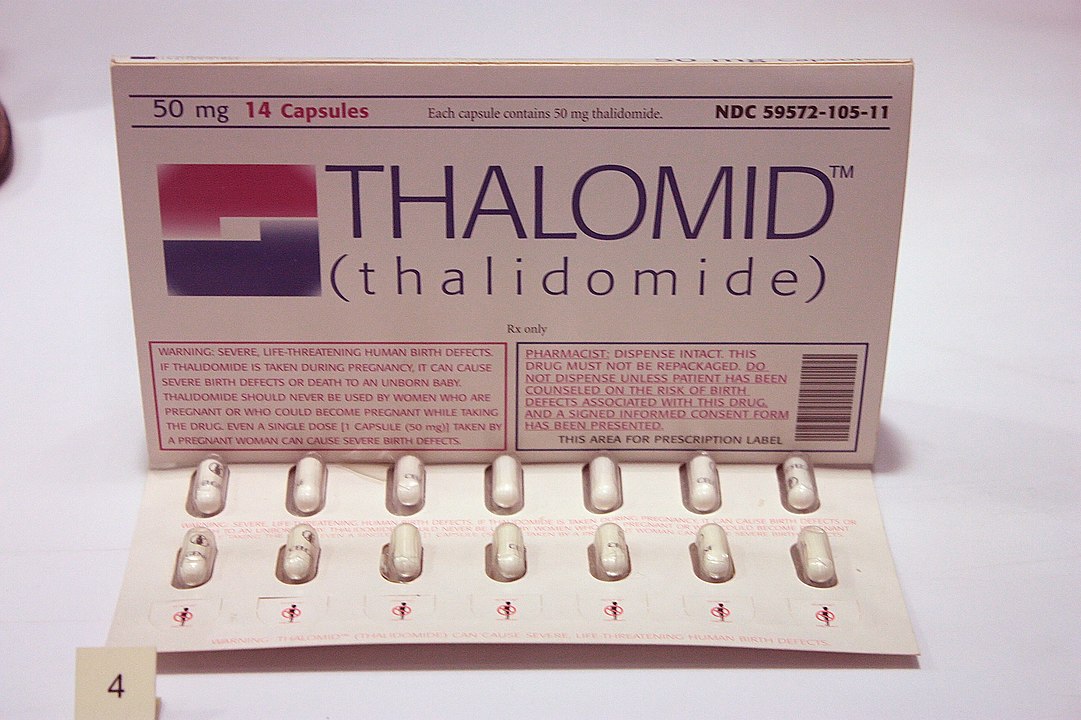In the annals of medical history, there are few tragedies as harrowing and consequential as the Thalidomide tragedy. Unleashing a wave of birth defects in the 1960s, this pharmaceutical catastrophe continues to serve as a stark reminder of the importance of rigorous drug testing and patient safety. This article delves into the devastating impact of Thalidomide, highlighting the lessons learned and the lasting effects on medical regulations.
The Rise of Thalidomide
Thalidomide, developed by the German pharmaceutical company Chemie Grünenthal, was initially marketed as a sedative and anti-nausea medication in the late 1950s. It was widely prescribed to pregnant women as a remedy for morning sickness, thanks to its perceived safety and efficacy.
The Tragic Consequences
However, by the early 1960s, a wave of horrifying birth defects began to emerge worldwide. Babies were being born with severe limb abnormalities, primarily characterized by shortened or missing limbs, a condition known as phocomelia. It became evident that Thalidomide was responsible for these tragic deformities, as the drug had been taken by pregnant women during critical stages of fetal development.
A Legacy of Devastation
The Thalidomide tragedy had an indelible impact on the lives of thousands of affected families. Children born with Thalidomide-induced deformities faced immense physical and psychological challenges, requiring lifelong care and support. The anguish experienced by parents and the struggles faced by the survivors painted a heartbreaking picture of the consequences of inadequate drug testing and regulatory oversight.
Uncovering the Flaws
As the enormity of the Thalidomide disaster unfolded, scrutiny turned to the regulatory agencies responsible for drug safety. It became evident that the testing process had been insufficient, allowing a potentially dangerous drug to reach the market without thorough investigation of its effects on pregnant women. This revelation triggered a global reevaluation of pharmaceutical regulations, leading to sweeping changes in drug testing and approval procedures.
The Transformation of Drug Regulations
The Thalidomide tragedy served as a catalyst for reforming drug regulations worldwide. Governments implemented stricter guidelines for clinical trials, demanding more rigorous testing and safety assessments before a drug could be released to the public. Additionally, the need for transparency in reporting adverse events and potential risks became a cornerstone of drug safety protocols.
A Lasting Legacy
Although the Thalidomide disaster caused unimaginable suffering, it did spur positive changes in the medical community. The tragedy highlighted the necessity of comprehensive pre-market testing, especially for drugs that could affect vulnerable populations. It also emphasized the significance of ongoing monitoring and pharmacovigilance to detect and respond to adverse reactions promptly.
Lessons Learned
The Thalidomide tragedy taught the world invaluable lessons about the importance of stringent drug testing, thorough safety evaluations, and transparent reporting. The devastating consequences of this disaster reinforced the need for comprehensive and ethical medical research, ensuring the well-being of patients always remains paramount.
Final Thoughts
The Thalidomide tragedy remains a haunting reminder of the potential dangers inherent in the development and use of pharmaceutical drugs. The lives forever altered by this catastrophe serve as a constant call to action for stringent drug testing, meticulous monitoring, and unwavering commitment to patient safety. As we move forward, it is crucial to remember the lessons learned from this dark chapter in medical history, ensuring that no such tragedy is repeated in the pursuit of medical progress.



